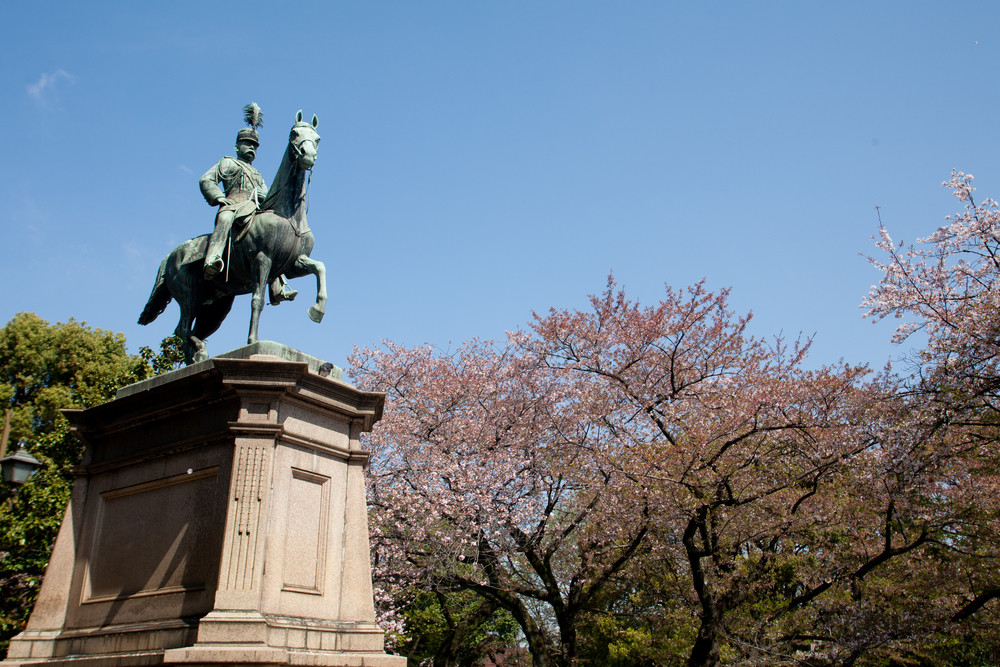Public Statues: Symbols of History and Identity
Public statues have long served as symbolic representations of history, culture, and national identity. Traditionally, communities erected these monuments to commemorate significant individuals, events, or ideals. As societies evolve and diversify, people increasingly question the relevance and interpretation of these life-size statues, prompting us to reevaluate their role in modern landscapes. In many cases, statues ignite heated debates about whose stories we celebrate and whose we overlook.
Perception of Statues
In the United States alone, more than 48,000 public monuments and memorials stand across cities and towns, according to Bloomberg. These life-size statues often spark debates about whose stories appear in public spaces. Many people view them as timeless educational tools that provide visual links to the past. Others argue that certain statues perpetuate outdated ideologies that clash with modern values. This tension mirrors broader societal conversations about history, identity, and inclusivity.
Controversy of History
Shifts in public perception have fueled active movements to remove or recontextualize controversial statues. Communities across the nation now host dialogues to decide whether to keep statues in place, move them to museums, or add plaques that provide broader historical context. These discussions inspire people to reflect on whose stories society has chosen to immortalize and which narratives it has historically marginalized or ignored.
Transformation of Monuments
The transformation of public monuments signals a deeper shift in how we remember and honor our shared past. Artists and civic leaders now use public installations to bridge historical gaps and represent multicultural values. By creating new and diverse statuary, communities can expand the scope of remembrance to include voices and stories previously left in the shadows, fostering a richer understanding of history.
The evolving role of public statues reflects changing values and priorities. These monuments act not as static relics but as dynamic elements in public life that can spark dialogue and introspection. As we continue to analyze and reinterpret their presence, public statues can serve as catalysts for growth and understanding in an increasingly complex world. Contact Statues.com for more information on creating custom life-size statues.


